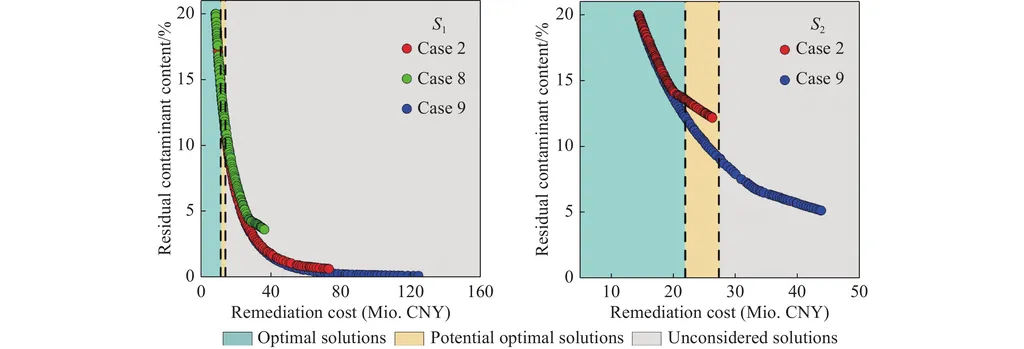In the world of groundwater remediation, a new study is challenging conventional wisdom and potentially saving energy sector stakeholders millions in cleanup costs. The research, led by Ming Guo of the School of Resources and Environmental Engineering at Hefei University of Technology in China, questions the necessity of impermeable curtains in groundwater contaminant remediation projects, particularly those using the Pump and Treat (PAT) technique.
Impermeable curtains, typically made of materials like steel or clay, are often installed to contain contaminants in aquifers. However, these barriers can be costly and complex to construct, and they can sometimes impact the structural integrity of aquifer systems. Guo’s study, published in the *Journal of Groundwater Science and Engineering* (translated from Chinese as *地下水科学与工程学报*), suggests that in many cases, these curtains may not be necessary.
Guo and his team used a multi-objective simulation and optimization model, employing the Multi-Objective Fast Harmony Search (MOFHS) algorithm, to identify optimal groundwater remediation system designs without impermeable curtains. They tested their approach using both a two-dimensional hypothetical example and a three-dimensional field example.
The results were surprising. “We found that the installation of impermeable curtains is only justified when the dispersivity of the contaminant reaches 100 meters,” Guo explained. In most cases, particularly at sites with porosity under 0.3, alternative, more cost-effective, and efficient remediation strategies may be available.
For the energy sector, which often deals with groundwater contamination from activities like hydraulic fracturing and coal mining, these findings could be a game-changer. The use of impermeable curtains can add significant costs to remediation projects. If these barriers can be avoided, companies could save substantial amounts of money, which could then be reinvested in other aspects of their operations or used to fund further research and development.
Moreover, the study’s findings could lead to more environmentally friendly remediation strategies. As Guo noted, “Our results provide valuable guidance for more scientifically informed, reasonable, and cost-effective groundwater contaminant remediation projects.”
The study’s findings are particularly relevant given the increasing focus on sustainable and cost-effective remediation strategies in the energy sector. As companies face growing pressure to minimize their environmental impact and reduce costs, the findings of this study could not be more timely.
In the future, Guo and his team plan to expand their research to include other remediation techniques and contaminant types. They hope their work will continue to shape the development of more effective and efficient groundwater remediation strategies, ultimately benefiting both the environment and the energy sector.
As the energy sector continues to grapple with groundwater contamination issues, this study offers a promising path forward. By challenging conventional wisdom and proposing more cost-effective and efficient alternatives, Guo and his team are helping to pave the way for a more sustainable and economically viable future.

